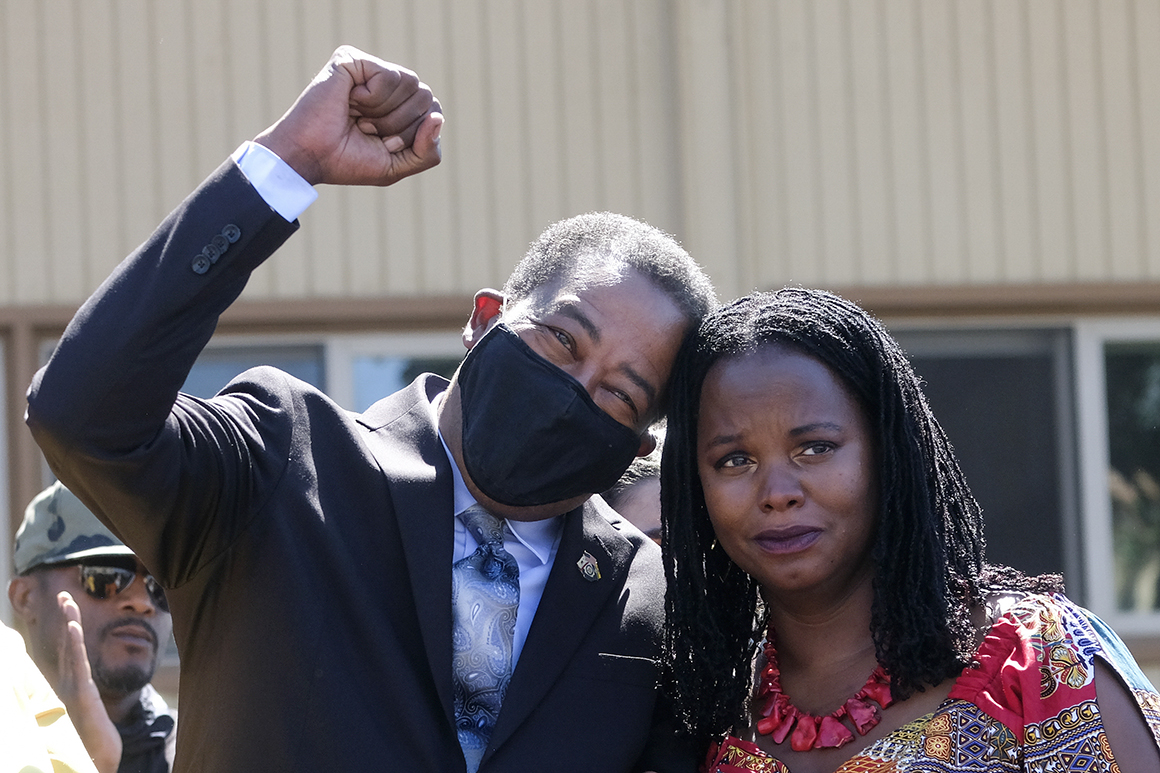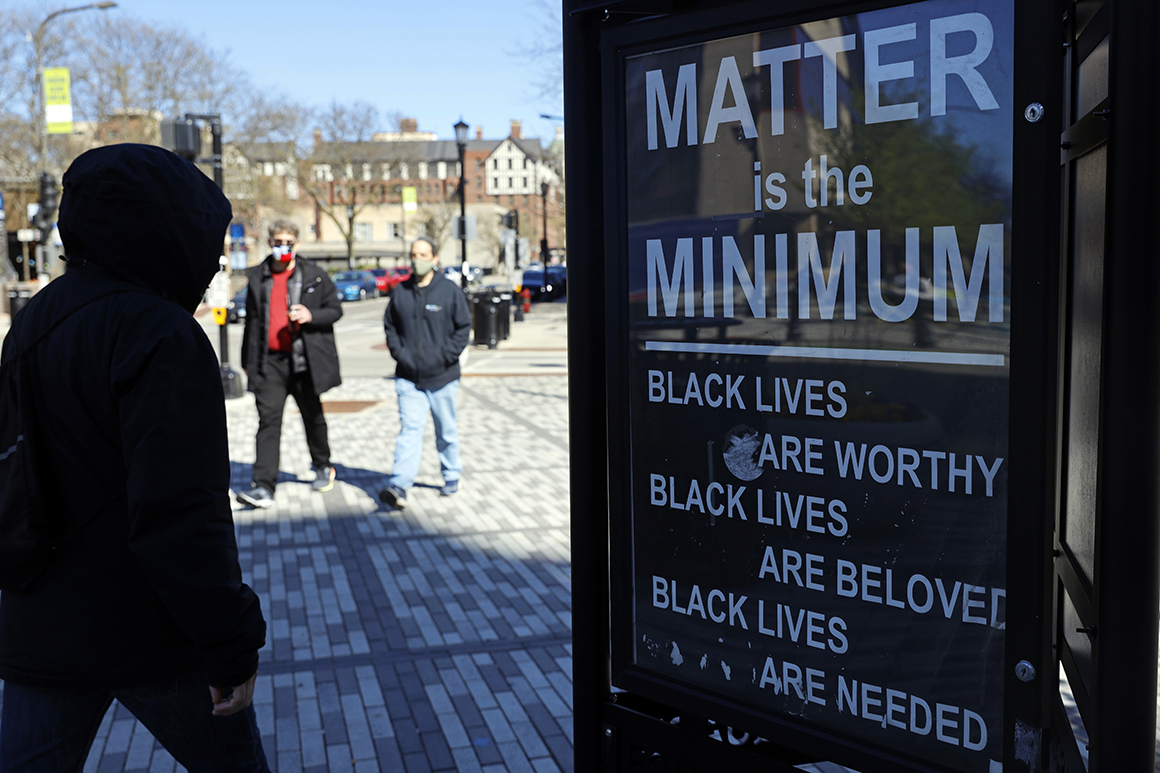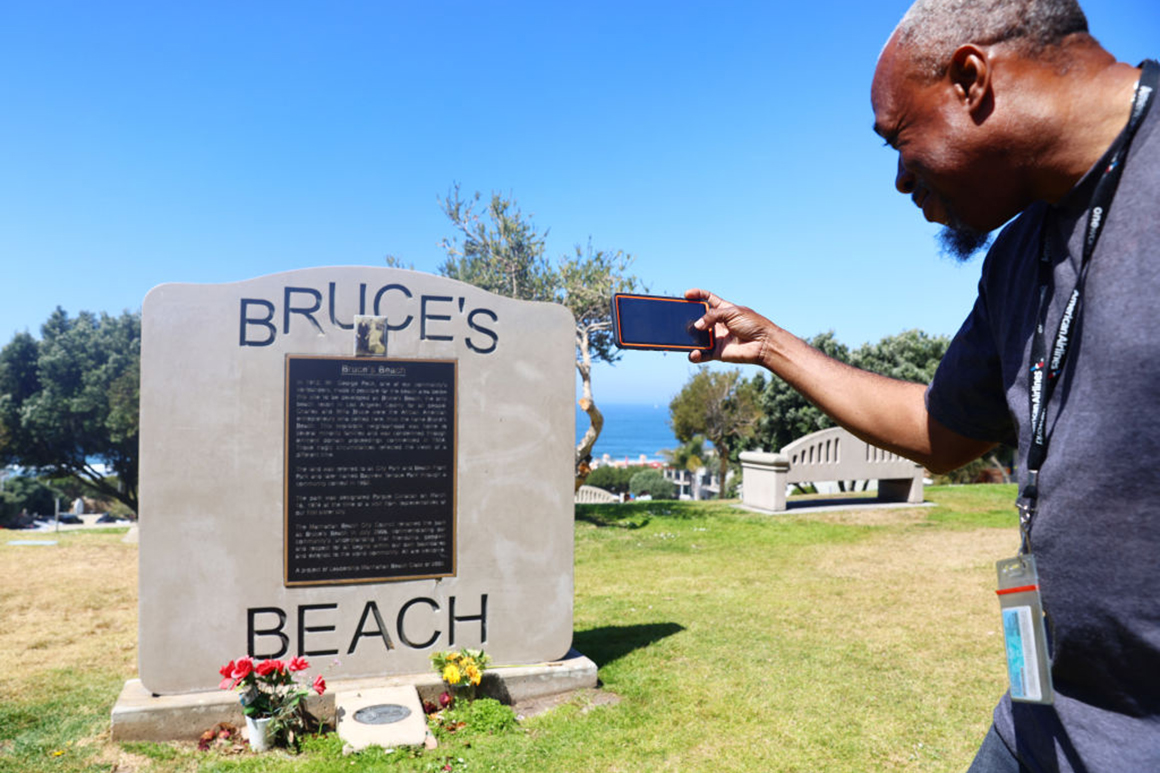
In championing nonviolent protest to dismantle Jim Crow segregation, Martin Luther King Jr. always reminded his audience of his ultimate vision for America: “the creation of the Beloved Community,” a world in which all people could live together “as brothers in community, and not continually live with bitterness and friction.”
For King, the Beloved Community was not a utopian abstraction but a realistic — if radical — vision for racial integration and reconciliation that a critical mass of committed citizens could achieve. Getting there required gathering information about existing systems of injustice and educating others about them. Then, through direct action, a coalition of humans normally driven apart by the ideology of white supremacy could work together to dismantle its structures and render former enemies, ideally, friends.
This vision seems impossible in America in 2022, at a time when democracy is under assault, disinformation and toxic polarity reign, and the coalition that elected President Joe Biden and Vice President Kamala Harris struggles with internal disagreements over policy priorities and how “woke” to be in confronting a legacy of racial oppression. After a century of systemic racial discrimination in housing and other areas, America’s system of residential caste is still often tolerated, if not reified, with public policy that concentrates poverty in some areas and wealth in others.
And yet, there are places that buck these trends. On this MLK Day, it’s worth paying attention to the local communities where processes of racial reckoning similar to those imagined by King are occurring. More than any other governments to which voters send representatives, cities are taking the lead in atoning for past racial sins and trying to disrupt ongoing segregation that creates opportunity for some and denies it to many others.
These communities might be exceptions, but they offer inspiring examples of what can happen when people of good will commit to this work — a reminder of what a true celebration of MLK might look like. Much more than a day of service, this holiday is an annual call to individuals to do more than display beautiful signs valuing Black lives, science or love. One needs to act, in coalition, to show it.
Why are cities leading? As with the civil rights era sit-in movement, in which Black Americans across the South demanded to eat, shop and go where they wanted, there is a long tradition of advocacy for creating radical change by starting close to home. Ruth Wilson Gilmore, a geographer and prison abolitionist, has called for “abolition geography,” which “starts from the homely premise that freedom is a place.” For Gilmore, this means “being in the world trying every little thing” to establish a new social order in the places where we live.
Similarly, in his groundbreaking work Black Reconstruction in America, W.E.B. Du Bois coined the phrase “abolition democracy” and argued that slavery and supremacy could not be abolished without creating new democratic institutions. Applying this to cities, the idea is that polities unfettered by structures that suppress popular will can be true laboratories for democracy, particularly innovation on racial equality — a progressive version of the federalism more often espoused by the right.

To date, this kind of innovation has taken place primarily in progressive cities that are not hampered by their state legislatures. Most such places have diverse populations, with a critical mass of culturally dexterous whites who join with Asian, Black, Indigenous, Latino and multiracial voters to create political majorities that advocate for fairness and equity.
Among the examples that give me hope: Los Angeles County, with the support of state legislation, recently returned prime, oceanfront property known as Bruce’s Beach to descendants of a Black American couple from whom the land was wrongly taken a century earlier. Nearby Santa Monica recently gave priority for access to new affordable housing to descendants of the roughly 600, mainly Black families that were displaced from their homes by the mowing of Interstate 10 through their neighborhoods in the 1950s. Evanston, Ill., created a program of housing reparations for Black families intentionally harmed by racist practices and exclusionary zoning from 1919-1969. It was the first concrete policy resulting from the city council’s 2019 resolution “to end structural racism and achieve racial equity.”
Even more radically, in 2018 Minneapolis repealed its single-family home zoning — a policy that maintains race and class segregation across the country in part by keeping affordable housing out of affluent communities. Under Minneapolis’ new law, duplexes and triplexes can be built in any neighborhood throughout the city. Before this transformation, 70 percent of land in the city was zoned only for single-family homes, part of Minneapolis’ legacy of extreme racial segregation. Advocates laid the groundwork for this sea change, which passed by a vote of 12-1 in the city council, through widespread education about the city’s history of redlining and intentional segregation. The city also now permits more apartment buildings to be built near transit stops and has adopted “inclusionary zoning” requiring that 10 percent of new apartment units go to moderate-income people. And Minneapolis has increased funding to combat homelessness and subsidize low-income renters.

Other places, such as Louisville, Ky., have staunchly promoted school integration rather than give up on it. There is an emerging movement, as well, toward promoting racial equity in city budgeting and disrupting a long history of disinvestment in Black and minority communities. And, despite a national rise in homicides, several majority-Black communities — including Newark, N.J., Gary, Ind., and Savannah, Ga. — reduced violent crime from 2019 to 2020 through social experiments including universal basic income pilots, hiring former offenders to help defuse gun violence and deconcentrating poverty by moving tenants out of high-rise public housing to higher-opportunity neighborhoods. Cities like these have learned that applying a lens of care, rather than predation, to people trapped in violence-torn “hoods” can be more effective and less costly than mass policing and incarceration.
On a symbolic but still powerful note, many cities including New Orleans and recently Richmond, Va., have removed statues from public spaces that exalted Confederate traitors to the Union and stood as symbols of white supremacy.
Progressive cities are not perfect. Like all innovators, they make mistakes. But places that acknowledge truth and wrestle with past and present policies that diverge from America’s professed ideals should be applauded for trying. This might be small comfort to people who live elsewhere and feel their dreams of freedom must be deferred. But there is hope that this movement can grow: With tools like the website Mapping Inequality, many citizens or coalitions can learn about their local history of segregation and redlining, and spread the awareness that is so critical to building political momentum for change.
The driving force behind the building of King’s Beloved Community is, and must be, agape love — a joyful, conscious decision to bestow care, unconditionally, on others. In a powerful essay, the late author-activist bell hooks argued that such a sentiment is critical for change — that without “an ethic of love shaping the direction of our political vision and our radical aspirations, we are often seduced, in one way or the other, into continued allegiance to systems of domination.” To use the word “love” in a movement for racial justice is to demand a radically new, empathetic seeing of those who are persistently dehumanized.
The power of multiracial democracy in certain cities does not negate the need for broader fights to continue, especially as toxic division and voter suppression undermine American democracy. As MLK Day reminds us, the work of racial reckoning and reconciliation continues. For those willing to imagine what a Beloved Community might one day look like, America’s cities are a good place to start.
----------------------------------------
By: Sheryll Cashin
Title: Opinion | Where MLK’s Vision Is Starting to Be Realized
Sourced From: www.politico.com/news/magazine/2022/01/17/martin-luther-king-day-city-governments-527214
Published Date: Mon, 17 Jan 2022 07:00:27 EST
Did you miss our previous article...
https://consumernewsnetwork.com/politics-us/trumps-playbook-inspires-gop-to-pull-off-a-debate-threat






